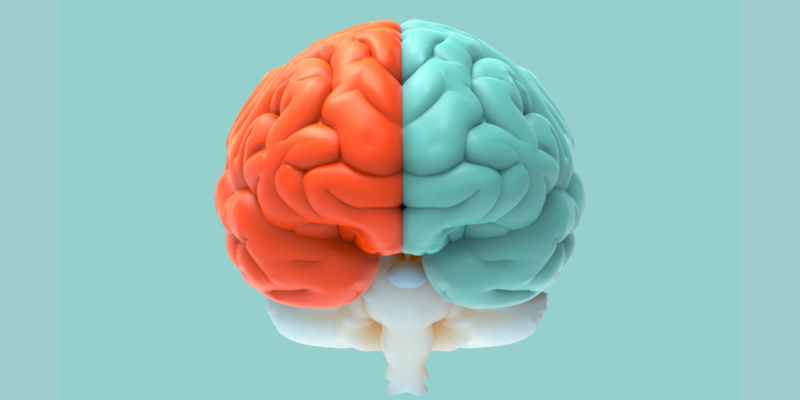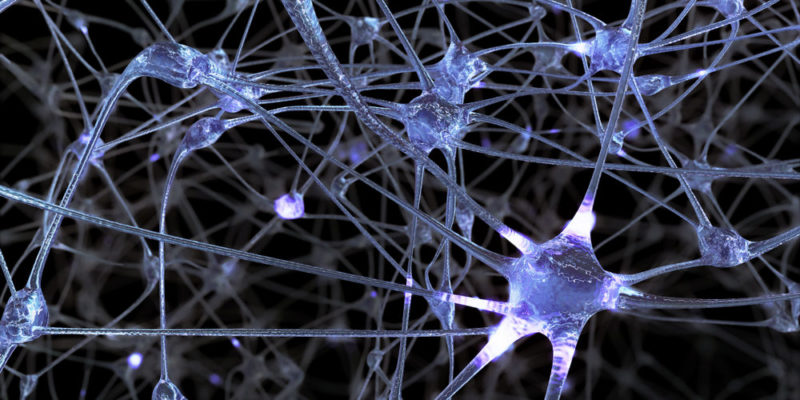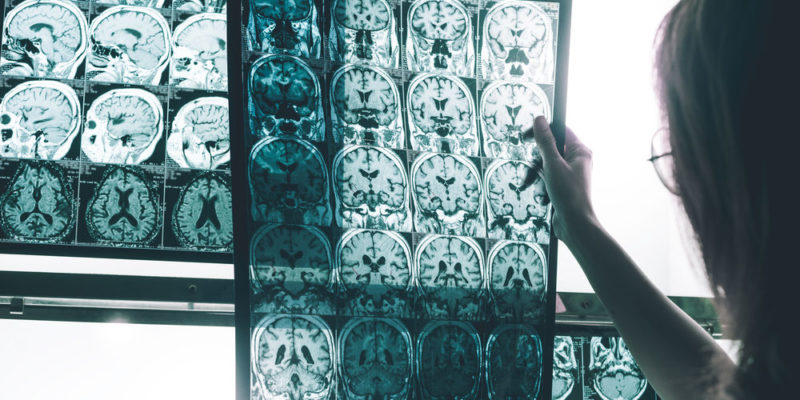We explain what the brain is, the parts into which it is divided and its functions. In addition, its characteristics and possible diseases.
What is the brain?
The brain is one of the main organs of the body , and without a doubt the most complex organ in the animal kingdom . Without the functioning of the brain the living being cannot survive. It is located on the head near the organs of vision and hearing. It is shaped like a large walnut that weighs approximately 600 grams.
The functions carried out by the brain are produced by the connection of neurons through electromagnetic impulses, although they can also be connected by chemical substances. In general terms, the brain exercises control over the rest of the body's organs . It is also responsible for the functioning of emotions , language , thinking and memory .
The specific functions of the brain can be divided according to the right and left hemispheres. For its study and classification of functions, the brain is divided into different areas that will be detailed later.
Etymology of the brain
It comes from the Latin word cerebrum , which, in turn, comes from the composition of two words:
- Ker. What does it mean: on top of the head
- Brum. What does "carry" mean?
Brain location
The brain is located in the head and is protected by the bones of the skull . In most living things it is close to the organs of sight, smell, taste, hearing, and sense of balance.
Parts of the brain
Cerebral cortex. It is made up of gray matter and neurons that connect to each other. The cerebral cortex is responsible for language. Within this cortex it is classified as follows:
- Frontal lobe. It has the responsibility of planning, perceiving, coordinating, controlling, reasoning, executing behaviors and omitting judgments. The left frontal lobe is in charge of transforming what we think into words. It is also responsible for motor functions and memory. Also this left frontal lobe regulates sexual behavior.
- Parietal lobe. This lobe is located in the upper part behind the frontal lobe. Control the perceptions of the senses, pain and touch . It helps the understanding of auditory and traffic signals thanks to the fact that it connects them with memory.
- Left lobe. It is responsible for understanding written language, speaking and performing mathematical calculations .
- Right lobe. It is responsible for the motor functions of the body.
- Temporal lobe. It is located below the parietal lobe and behind the frontal lobe. Regulates hearing and smell (part near the hippocampus).
- Dominant temporal lobe. It is in charge of the memory of words, objects and names.
- Non-dominant temporal lobe. Recognizes sounds and is related to non-visual memory.
The three lobes previously described (frontal, parietal and temporal) are responsible for learning.
- Occipital lobe. It is found on the bottom and back of the head. It works basically on vision, shapes and movement.
Brainstem (stem). It is responsible for regulating breathing , sleep and heart rate.
Cerebellum . Regulates posture, body balance and movement.
Hemispheres of the brain
 For the understanding and study of brain functions it can be divided into:
For the understanding and study of brain functions it can be divided into:
- Right hemisphere. It is the area that controls the left part of the body. It is in charge of perceptions, organization of the environment. It is responsible for the spatio-temporal location of the person.
- Left hemisphere. Regulates the motor part of the right hemisphere of the body. It also receives information from the external environment and processes it for understanding. He is in charge of deciphering mathematical calculations, as well as music and language. It also regulates human behavior.
Brain functions
- Control behavior and movement
- Process sensory information
- You can reach homeostatic control functions such as blood pressure, beating of the heart and the temperature of the body.
Neurons
They are tiny cells belonging to the nervous system that connect to each other and allow the different functions of the brain . These connections can be made through electrical impulses or through chemicals.
The brain has about 100 billion neurons.
Neurotransmitters

The brain is in charge of multiple tasks and those who make this possible are the neurotransmitters it contains. These neurotransmitters are chemicals released by neurons .
Brain regeneration
The brain of an adult being generates new cells (neurons) . These cells form in the hippocampus. This process is carried out normally as long as the brain has not suffered any injury or disease that affects it.
Neuroplasticity
Faced with the subject's experience, neurons modify their organization in such a way that they adapt to the lived experience and thus form new networks. Neuroplasticity refers to the capacity for change or adaptation possessed by the neurons of the brain.
Brain pathologies

- Stroke (CVA).
- Neurodegenerative diseases such as Alzheimer's disease, Parkinson's disease or lateral sclerosis.
- Diseases infections such as meningitis, multiple sclerosis, or Lyme disease.
- Congenital disorders such as Down syndrome, factor X syndrome, 22q13 deletion syndrome, genetic or chromosomal problems.
MA student of the TransAtlantic Masters program at UNC-Chapel Hill. Political Science with a focus on European Studies. Expressed ideas are open to revision. He not only covers Technical articles but also has skills in the fields of SEO, graphics, web development and coding. .
Leave a reply
Your email address will not be published. Required fields are marked *Recent post

Sport: What Is It, Types, Risks, Features, Characteristics and Examples

Dogs: Emergence, Features, Characteristics, Feeding and Breeds

Story: Definition, Elements, Structure, Features and Characteristics

